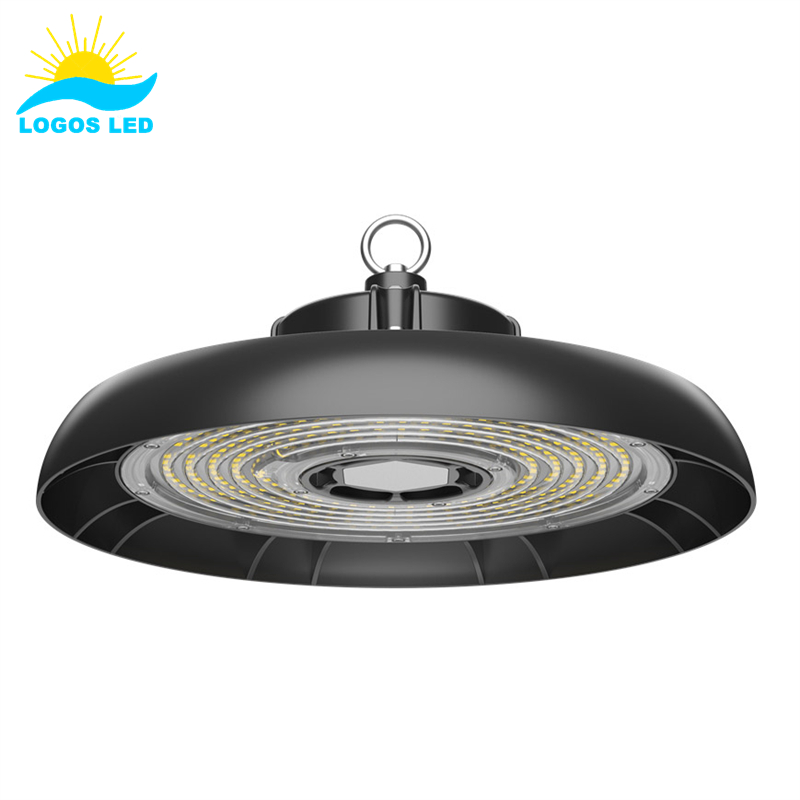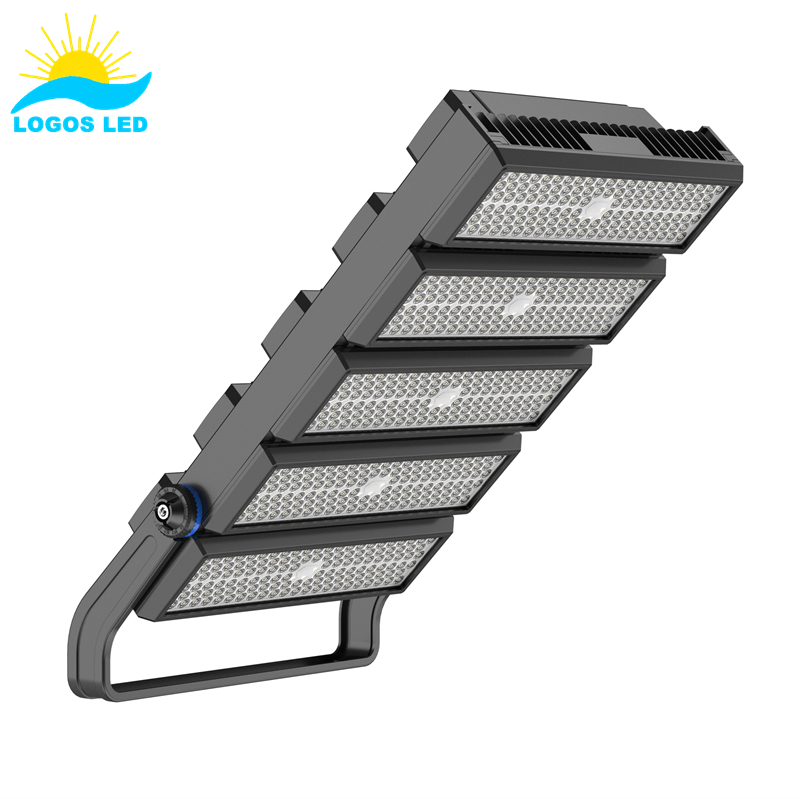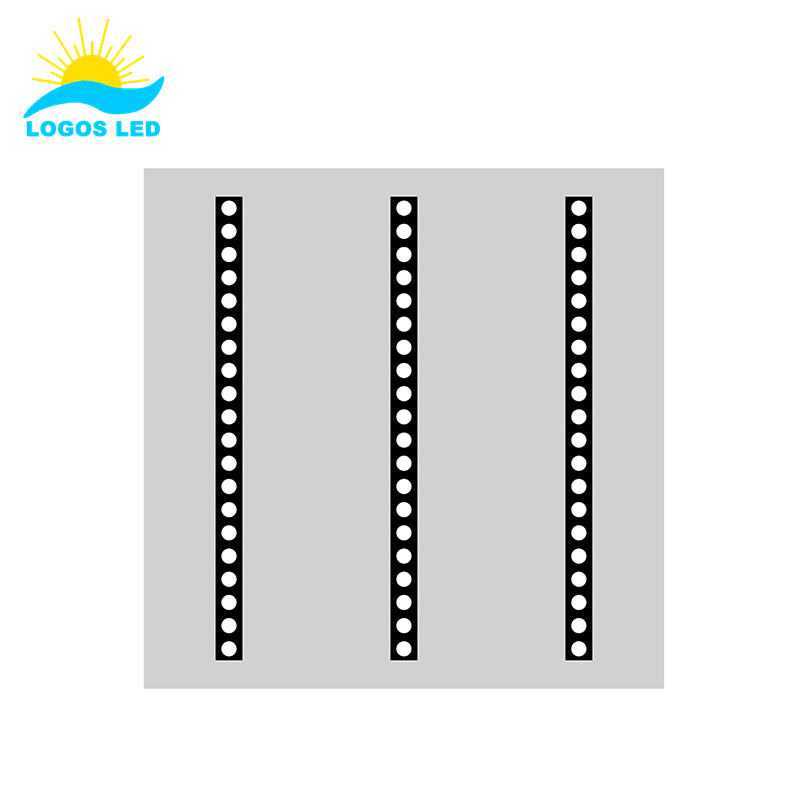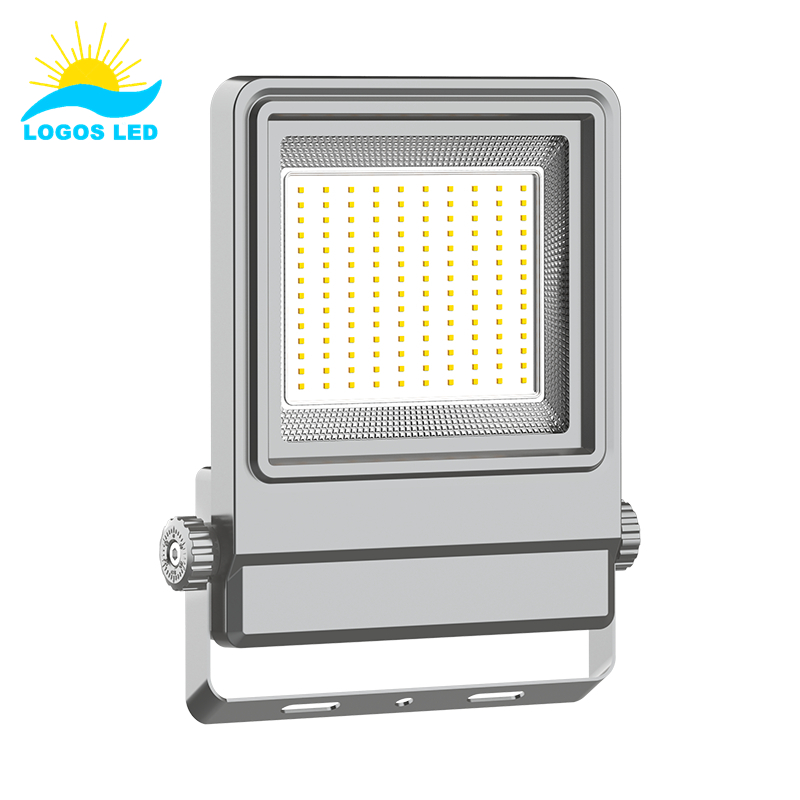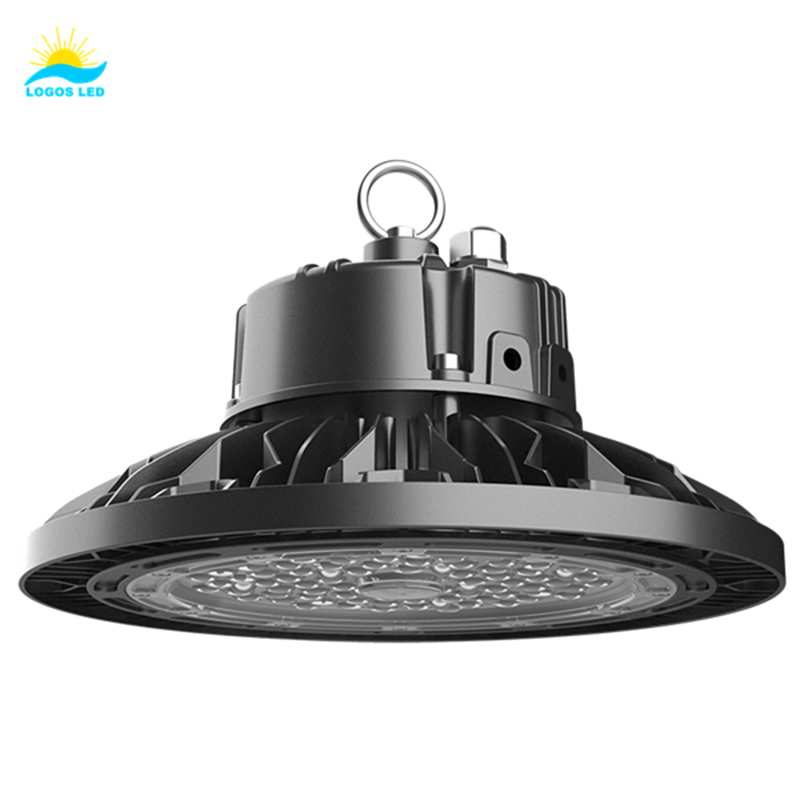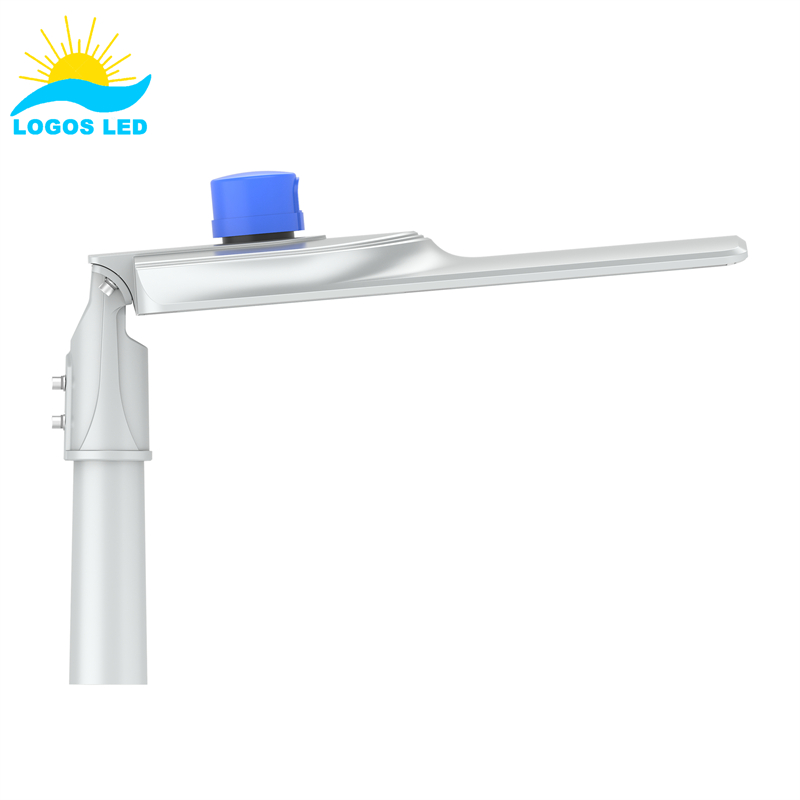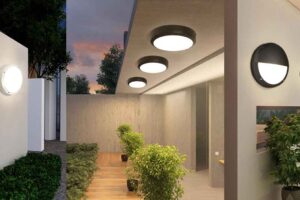Choosing between LED shoebox lights and street lights can be confusing. If you pick the wrong one, you could end up with poor visibility and higher costs. Understanding the differences helps you make the right choice.
LED Shoebox Lights and LED Street Lights serve different purposes. Shoebox lights are ideal for large areas like parking lots and stadiums, while street lights are optimized for roadways and pathways. Shoebox lights are typically more powerful, offering wider beam angles, whereas street lights are designed to direct light along long stretches of road. Both use advanced LED technology, but their applications and designs are distinct. Knowing the difference ensures better lighting efficiency and safety.
Let’s dive in to understand their unique features and how to choose the right one.
Table of Contents
What is LED Shoebox Lighting?
LED Shoebox lights are large, powerful lighting fixtures often used in outdoor spaces like parking lots, stadiums, and commercial zones. They get their name from their rectangular, shoebox-like shape. These lights are designed to cover broad areas with uniform lighting, eliminating dark spots and improving visibility.
LED Shoebox lights, such as the LED Shoebox Light 300W or LED Shoebox Light 200W, are equipped with high lumens output, making them ideal for wide-open spaces. They are typically mounted on poles, wall-mounted, or placed on parking lot fixtures for optimal coverage. Their design allows for better light distribution, which means fewer lights are needed to illuminate large spaces efficiently.
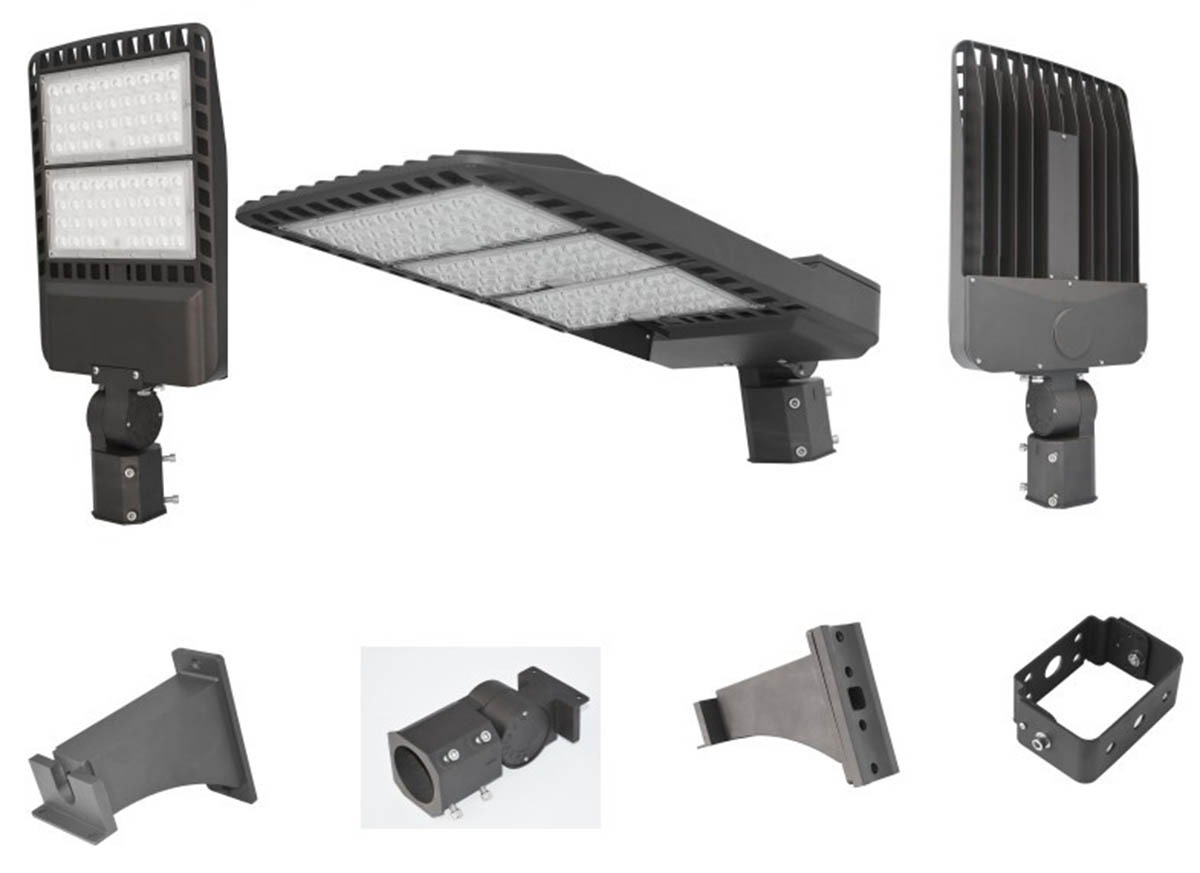
LED Shoe box light
What is LED Street Lighting?
LED Street Lights are designed specifically for illuminating roads, highways, and pathways. They are engineered to cast light over long distances, ensuring drivers and pedestrians can see clearly and safely. These lights focus more on directional lighting, optimizing visibility along straight paths.
Street lights often feature Wall-mounted LED parking lot lights and Commercial parking lot lights in urban settings. These fixtures are designed to minimize glare and light pollution, keeping the light focused on the road without spilling over into surrounding areas. With advanced LED technology, street lights are more energy-efficient and durable compared to traditional sodium or metal halide lamps.
What’s the Difference Between LED Shoebox Lights vs Street Lights?
While both LED Shoebox Lights and LED Street Lights are designed to provide effective outdoor illumination, they serve different purposes and are optimized for specific environments. Here’s a breakdown of their key differences:
| Feature | LED Shoebox Lights | LED Street Lights |
|---|---|---|
| Application | Ideal for parking lots, stadiums, commercial areas, and large outdoor spaces. | Primarily used for roads, highways, pedestrian pathways, and urban streets. |
| Beam Angle | Wide and adjustable, designed to cover broad areas evenly. | Narrow and directional, optimized for linear pathways with minimal spillover. |
| Design | Typically rectangular or box-shaped, resembling a shoebox. | Slimmer, curved designs that follow roadway contours. |
| Mounting Options | Versatile mounting: pole-mounted, wall-mounted, or arm-mounted. | Mostly pole-mounted with arm mounts for precise angling. |
| Light Distribution | Broad and even, perfect for wide, open areas to maximize coverage. | Focused and linear, providing long-distance illumination along streets and highways. |
| Typical Wattage | Higher wattage options like 200W, 300W, or more, suitable for large spaces. | Moderate wattage between 100W to 200W, designed for efficient roadway lighting. |
| Control Options | Compatible with photocells, motion sensors, and dimming controls. | Often integrated with smart control options for adaptive street lighting and energy efficiency. |
| Pole Height | Usually installed at 6 to 12 meters, depending on application needs. | Typically mounted at 8 to 15 meters for optimal road coverage. |
| Heat Management | Designed with advanced heat sinks to prevent overheating in large spaces. | Built for long-term performance with efficient thermal control. |
Key Differences
- Light Distribution: Shoebox lights are meant to spread light over wide, open areas, while street lights focus light along narrow paths.
- Design Purpose: Shoebox lights are perfect for illuminating parking lots and commercial zones, while street lights are engineered for safe and uniform roadway lighting.
- Mounting and Application: Shoebox lights are versatile and can be mounted almost anywhere, while street lights are specialized for pole-mounted installations along roads.
Understanding these distinctions helps in selecting the right type of lighting for specific outdoor applications, ensuring optimal visibility, safety, and energy efficiency.
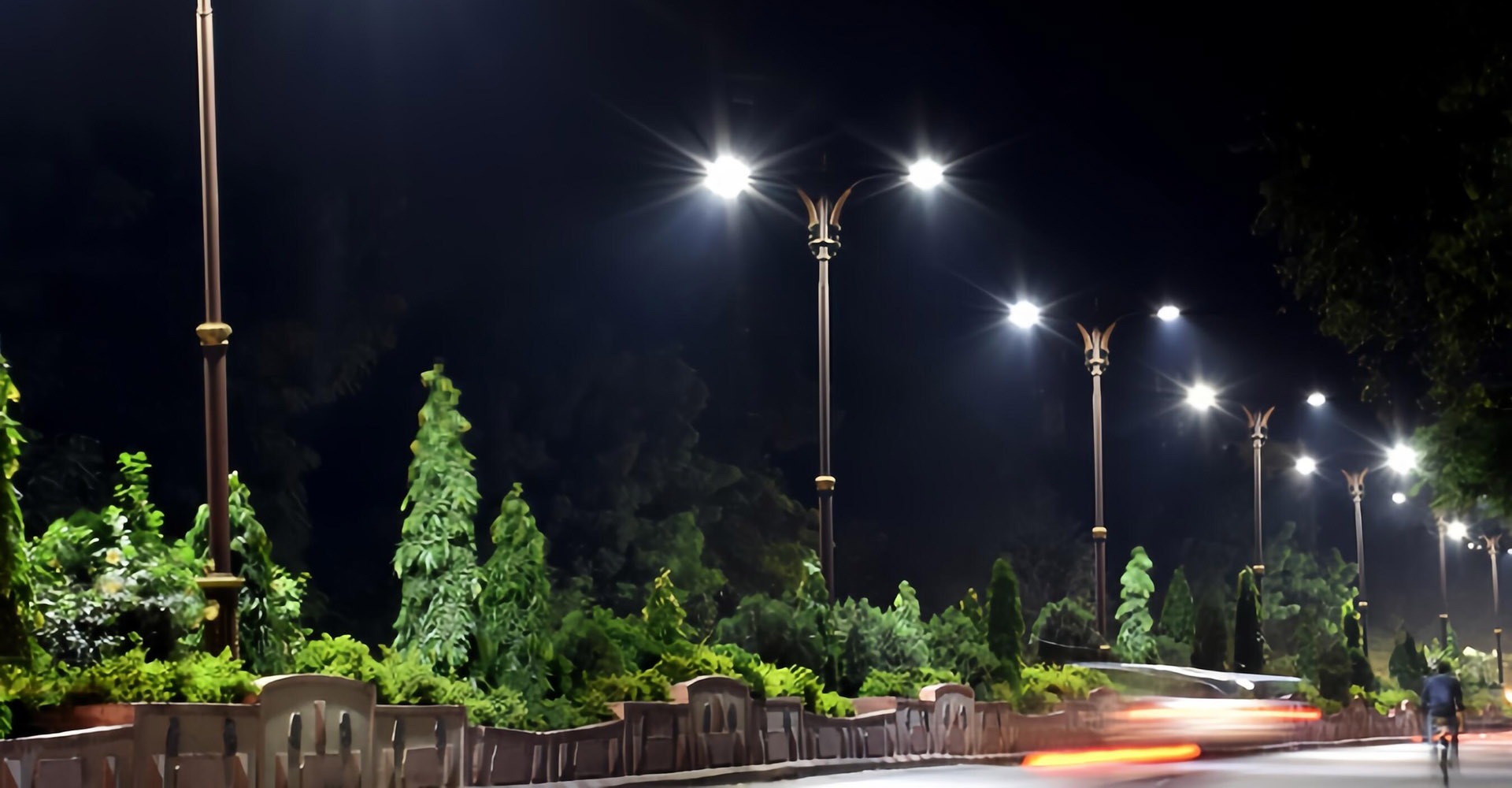
street light led applications
Can LED Shoebox Lights Be Used as Street Lights?
Yes, LED Shoebox Lights can be used as street lights, but their effectiveness depends on the type of roadway and the desired light distribution. Here’s a breakdown of their suitability in different scenarios:
Ideal Applications for LED Shoebox Lights:
- Parking Lot Roads: Shoebox lights are perfect for parking lot roads because they provide broad, even illumination across wide spaces. Their design minimizes dark spots, ensuring good visibility and safety.
- Driveways and Private Roads: For smaller residential driveways or private roads, shoebox lights can deliver ample coverage without the need for multiple fixtures.
Limited Applications:
- Residential Roads: While shoebox lights can be used on residential streets, they tend to spill light beyond the intended area. This can lead to light trespass onto nearby properties, which may not be ideal in neighborhood settings. Shielding or careful placement may be required to avoid unwanted glare.
- Wide-Area Pathways: Shoebox lights work well for broad pedestrian pathways or community walking trails where even light distribution is important.
Not Ideal For:
- Highways and Major Roadways: Shoebox lights are generally not suitable for highways because they are designed for wide, even light distribution rather than the long, focused beams needed to safely light long stretches of road. For highways, LED Street Lights with more directional optics are recommended to reduce glare and improve visibility.
Recommended Features:
To make LED Shoebox Lights more suitable for roadway use, consider:
– Photocell Integration: This allows the lights to automatically turn on at dusk and off at dawn, optimizing energy use and extending the life of the fixture.
– Motion Sensors: For private roads or pathways, motion sensors can enhance efficiency by only activating when movement is detected.
– Adjustable Beam Angles: Some models allow for beam angle adjustments to better direct light onto the roadway without spillover.
While LED Shoebox Lights can work for some street applications, especially in parking lots and private roads, they are not the optimal choice for highways or long stretches of city roads. Understanding the specific lighting needs and environment is crucial for achieving proper illumination and efficiency.
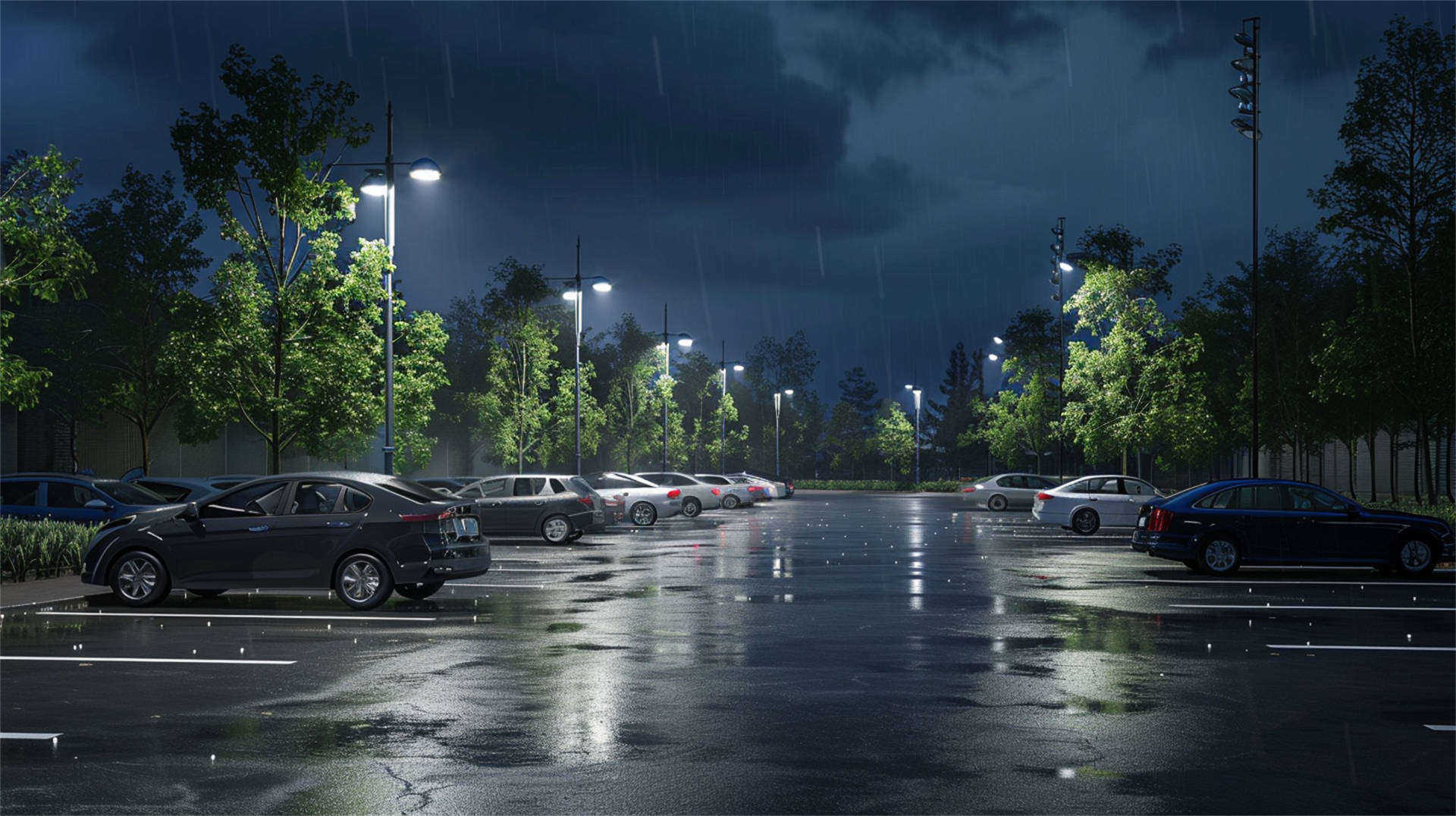
outdoor_parking_area_lit_by_advanced_LED_street
Conclusion
Understanding the difference between LED Shoebox lights and street lights helps you make an informed choice. Shoebox lights are perfect for large, open spaces like parking lots and stadiums, while street lights excel in directing light along roadways and pathways. Both provide excellent energy savings and superior lighting quality, but their applications are quite different.
If you’re still unsure which lighting solution fits your project, reach out to us at Logos Lighting. We’re here to help you find the perfect LED solution!
Request A Free Quote Now!
Send us a message if you have any questions or request a quote. We will get back to you ASAP!



